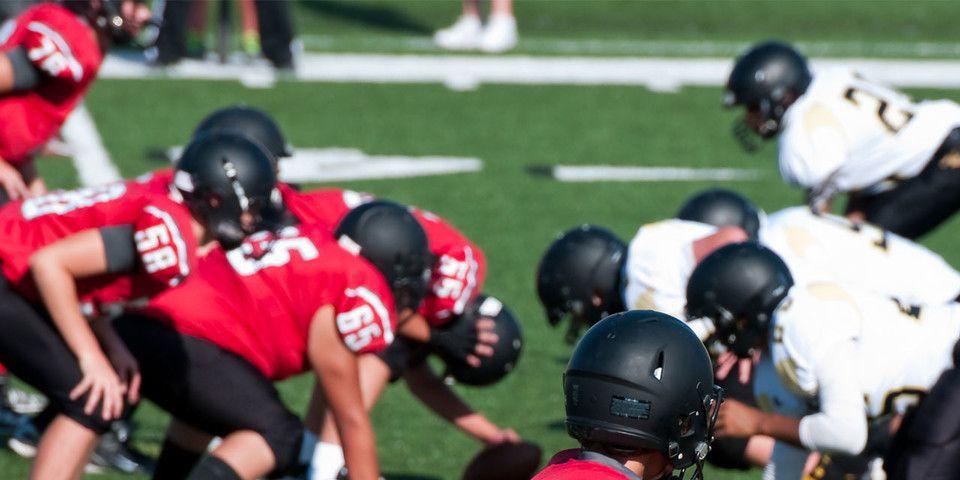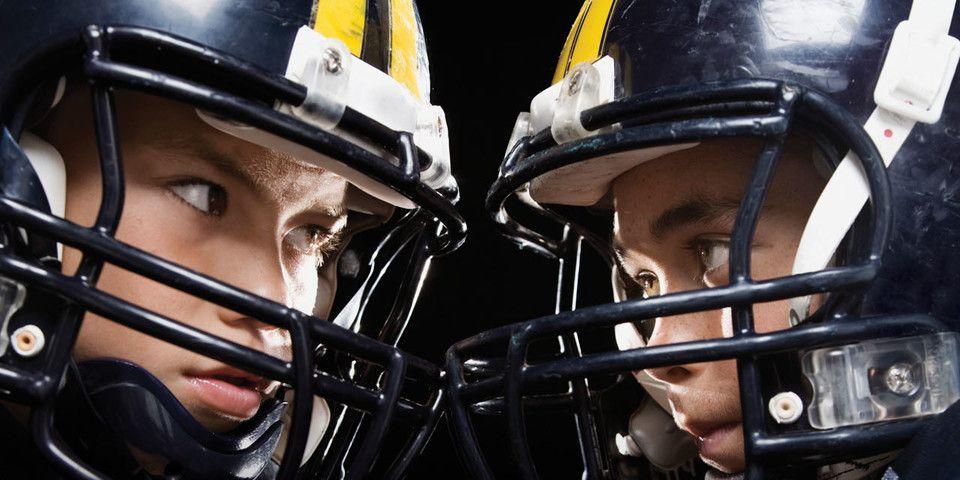Be Cautious Of These Common Sledding Injuries
Injuries suffered while sledding, sledding, and snow tubing accounted for 52,000 injuries in 2014 alone. Learn about what you can do to stay safe while sledding.
There’s nothing quite so vintage Americana as a winter sledding ride. If you’re lucky enough to live in a part of the country that gets a substantial amount of snowfall, chances are sledding, skiing and snowboarding, are a key (and favorite) part of your winter.
Of these beloved winter sports, sledding is somewhat less common. It carries a somewhat vintage Norman Rockwell-esque character--which is one of the things sledding participants love so much. However, that same throwback element likewise means that some sled designs haven’t been significantly updated or adjusted to improve safety features. Some sleds today look and function much the same as they did in the 1940s.
That means that sledding injuries are an all too common problem. Every winter, our offices at Rothman Orthopaedics see and treat incoming patients who have suffered injuries of varying type and severity while sledding. Winter accidents are by no means unique; skiing, snowboarding, and sledding are all similarly responsible for thousands of injuries and ER visits annually. But there are certain characteristic elements of sledding injuries--and particular ways to take precautions and prevent these accidents from occurring.
8 Measures You Can Take To Prevent Sledding Injuries
Some of the most common sledding injuries include fractures, strains, and sprains. Fractures of the limbs (especially the wrist) are particularly common. Shoulder and knee injuries, including dislocations, are similarly typical of sledders. And concussions--an injury that the severity of which is only beginning to be understood--are a common sledding injury. Because collisions account for the majority of sledding injuries, concussions account for a large number of serious, traumatic sledding accidents.
At Rothman Orthopaedic Institute, we’re committed to helping prevent as many injuries and accidents as possible; that’s why we’ve compiled this helpful and informative list of measures you can take to prevent serious sledding injuries. Here’s what you can do:
-
Sit Facing Forward:
Sit in a forward facing position with legs extended forward or kneeling. A belly-flop positioning makes the sledder more prone to head injuries and reduces control. -
Pick A Safe Setting:
Picking a hill that isn’t overly steep, uneven, or covered in obstacles is crucial for sledding safety; never sled in wooded areas. -
Never Toboggan Near Roads:
Similarly, picking a sledding hill near a road puts the sledder in serious danger of a car collision, especially if the road is at the base of the hill where the sled might slide beyond the rider’s control. -
Wear A Helmet
As previously mentioned, head-on sledding collisions can cause serious head injuries, including concussions. Because all collisions cannot be avoided, wearing a helmet can greatly improve the protection of the rider in case a collision occurs. -
Don’t Ride After Dark
Riding in poor lighting increases the chance of a collision with an unseen obstacle. Only riding during daylight is an easy, common sense way to prevent sledding injuries. -
Look Out For Ice
Assess the hill or take a careful, slow test run before freely sledding to determine whether the hill is icy. Avoid patches of ice where sleds can lose control and where the hard, icy surface increases the severity of sledding injuries. -
Assess Your Equipment
Many injuries occur because of the use of defective sleds or safety equipment. Before using your sled or gearing up, check to make sure everything is in good condition and fully functional. -
Dress Warmly
Many of the injuries that occur during sledding are the result of exposure to the cold. Dress warmly before heading to the slopes, and don’t stay out longer than you feel comfortable.
In 2014 alone, over 52,000 patients were treated for injuries caused by sledding or snow tubing. The physicians at Rothman Orthopaedics hope you will exercise caution and preparedness to prevent sledding injuries this winter. If an injury does occur, the experts at Rothman Orthopaedics can offer you the best, most effective treatment options available. To learn more or to speak with a specialist, visit us here or contact us at 1-800-321-9999
Related Specialties
Related Programs
-

Injury Prevention Program
The Injury Prevention Program at the Rothman Orthopaedic Institute is dedicated to the prevention of injuries from athletic participation, particularly youth sports.Read More -

Sports Concussion Program
Concussion care is a special focus of Rothman's sports medicine program. We've developed the most advanced multi-disciplinary evaluation and treatment techniques based on research done by the concussion specialists here at Rothman Orthopaedic Institute.Read More




